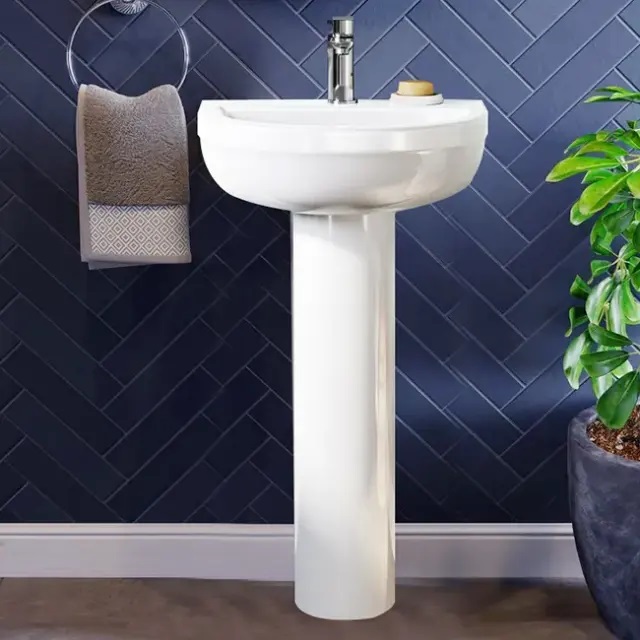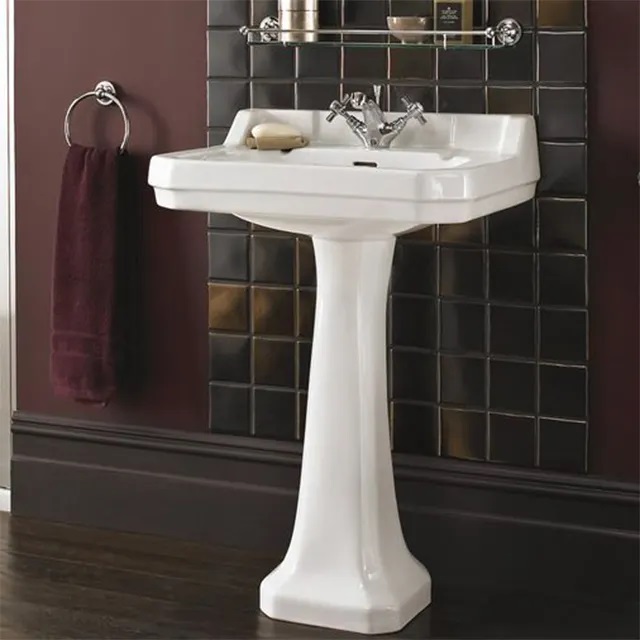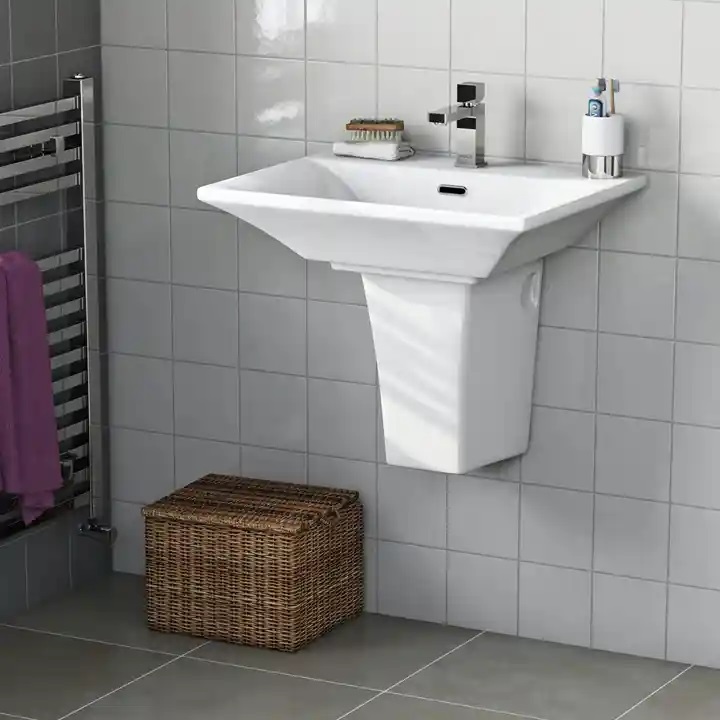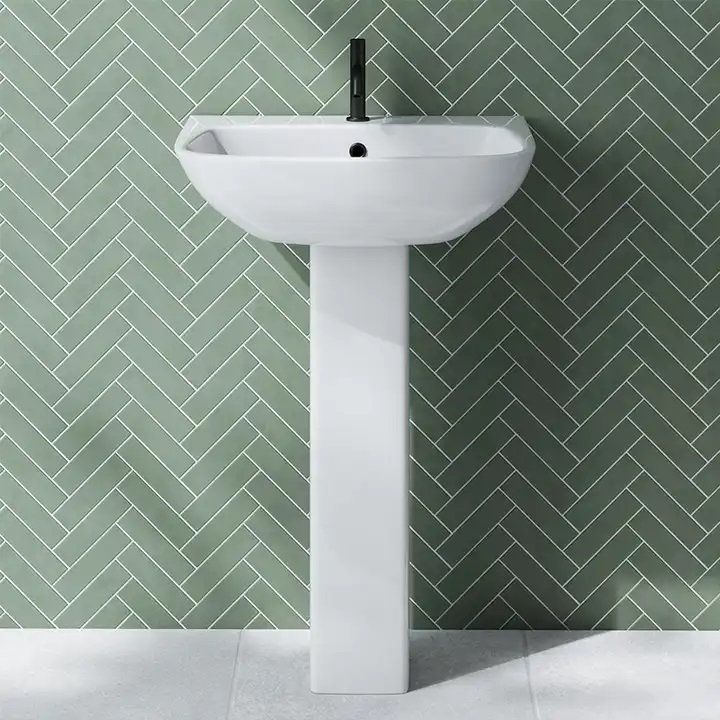LP6601
Related products
video introduction
PRODUCT PROFILE
The water closet and wash hand basin have revolutionized sanitation practices globally. These essential fixtures have played a pivotal role in maintaining personal hygiene and health for centuries. This article explores the evolution of water closets and wash hand basins, tracing their origins from ancient civilizations to their modern-day designs and innovations.
- Historical Background (approximately 500 words):
1.1 Ancient Sanitation Practices:
- The earliest forms of sanitation can be traced back to ancient civilizations such as the Indus Valley, Mesopotamia, and Ancient Egypt.
- These societies developed rudimentary sewage systems and hygienic practices, including communal latrines and public baths.
- The concept of personal hygiene also emerged, with early civilizations using water and natural materials for cleansing.
1.2 Roman Influence:
- The Romans significantly advanced sanitation practices, introducing elaborate aqueduct systems, public latrines, and bathhouses.
- Public toilets, known as "cesspits," utilized an advanced water flushing mechanism.
- The Romans recognized the importance of cleanliness and implemented more intricate washing facilities like public fountains.
- Medieval and Renaissance Era (approximately 600 words):
2.1 Development of Chamber Pots:
- During the medieval period, chamber pots became widespread, serving as portable toilets for both the wealthy and commoners.
- These vessels were made from various materials, including ceramics and metals.
- The contents of chamber pots were often discarded directly onto the streets, leading to unsanitary conditions.
2.2 Emergence of Early Water Closets:
- In the Renaissance era, the water closet (or "close stool") was developed as a more sophisticated alternative to chamber pots.
- Early versions used gravity-based flushing systems, where water was manually poured or released from an overhead cistern.
- These closets were primarily used by the upper classes and were often found in palaces and wealthy households.
- Industrial Revolution and Modern Innovations (approximately 800 words):
3.1 Advancements in Sanitary Infrastructure:
- The advent of the Industrial Revolution brought about significant improvements in sanitation infrastructure.
- Joseph Bramah's invention of the flush toilet in the 18th century marked a milestone in water closet design.
- Flush toilets incorporated a valve or siphon mechanism for efficient water usage and waste disposal.
3.2 Introduction of Wash Hand Basins:
- As the importance of hand hygiene became more recognized, wash hand basins were introduced alongside water closets.
- Early wash hand basins were made of various materials like metal, porcelain, or stone.
- They were typically separate fixtures placed nearby the water closet.
3.3 Modern Innovations and sustainability:
- Modern water closets and wash hand basins have witnessed numerous advancements in terms of design, water efficiency, and sustainability.
- Dual-flush toilets, for instance, allow users to choose between a partial or full flush, reducing water consumption.
- Touchless technologies, such as sensor-activated faucets and toilets, promote hygiene by minimizing contact.
- Water-saving features and eco-friendly materials are increasingly incorporated into contemporary designs.
Conclusion (approximately 200 words):
The water closet and wash hand basin have come a long way since their humble beginnings. From basic necessities utilized by ancient civilizations to modern innovations that prioritize comfort, efficiency, and sustainability, these fixtures have not only transformed personal hygiene practices but also contributed to improved public health on a global scale. As humanity continues to prioritize sanitation and environmental sustainability, it is likely that we will witness even more advanced technologies and designs in the future, further enhancing our overall well-being and reducing our ecological footprint.
Product display
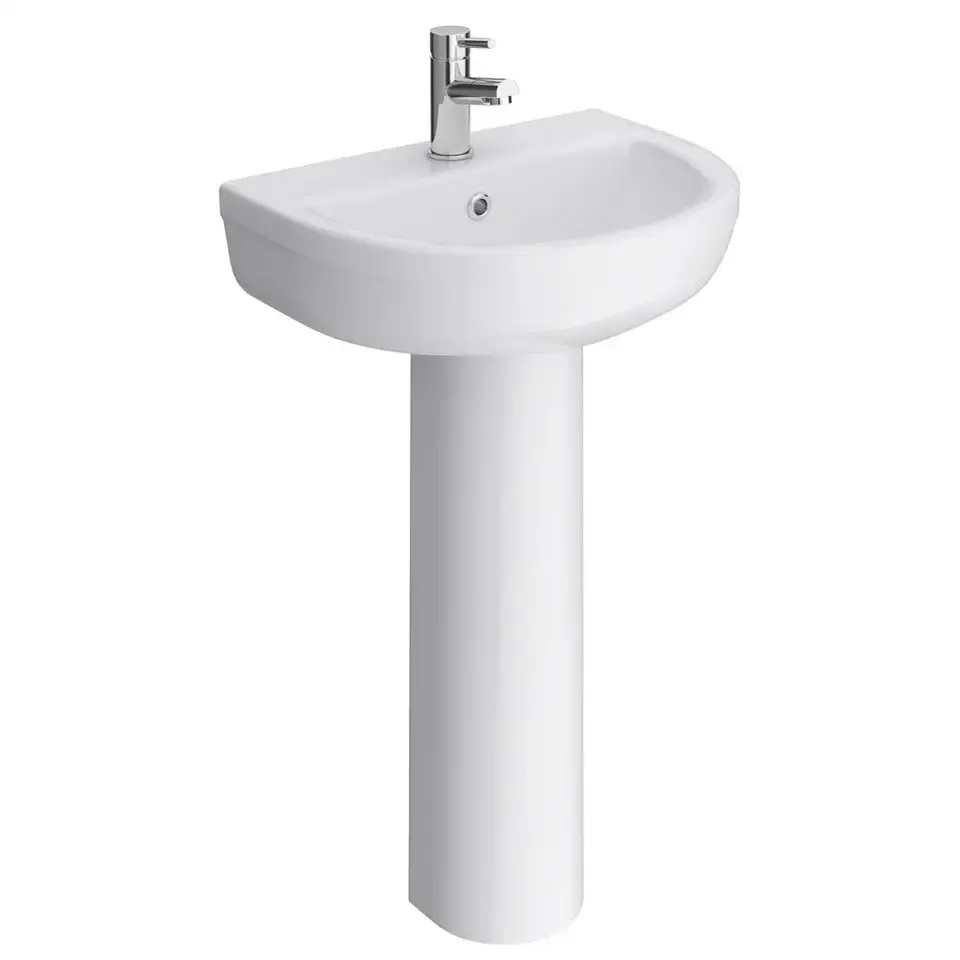
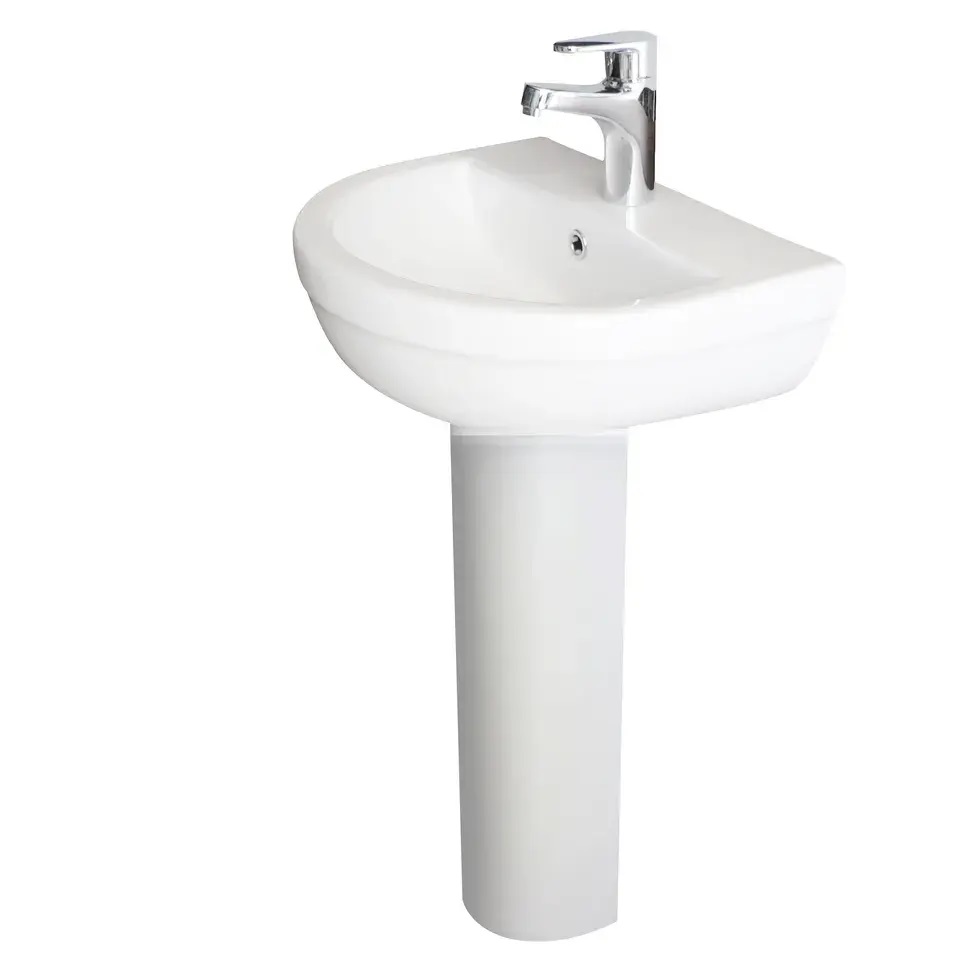
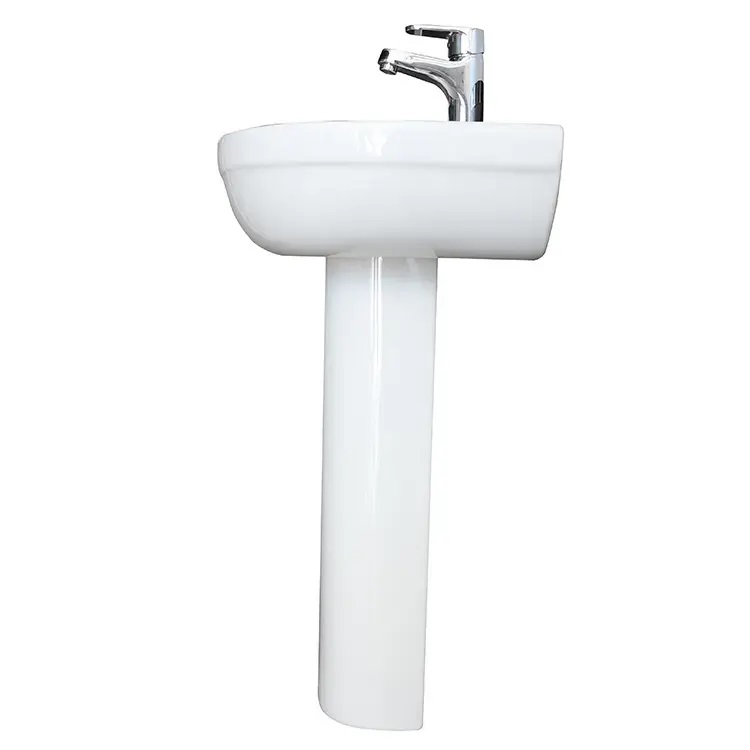
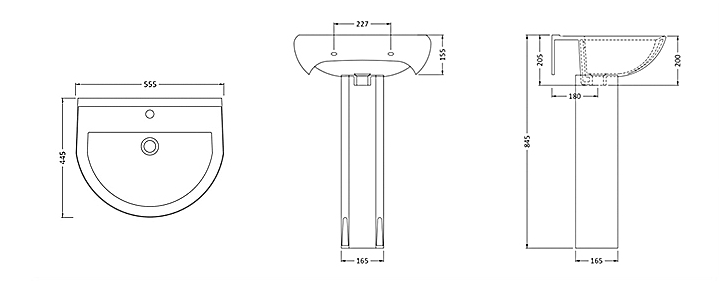
| Model Number | LP6601 |
| Material | Ceramic |
| Type | Ceramic wash basin |
| Faucet Hole | One Hole |
| Usage | Washing Hands |
| Package | package can be designed according to customer requirement |
| Delivery port | TIANJIN PORT |
| Payment | TT, 30% deposit in advance,balance against B/L copy |
| Delivery time | Within 45-60 days after received the deposit |
| Accessories | No Faucet & No Drainer |
product feature
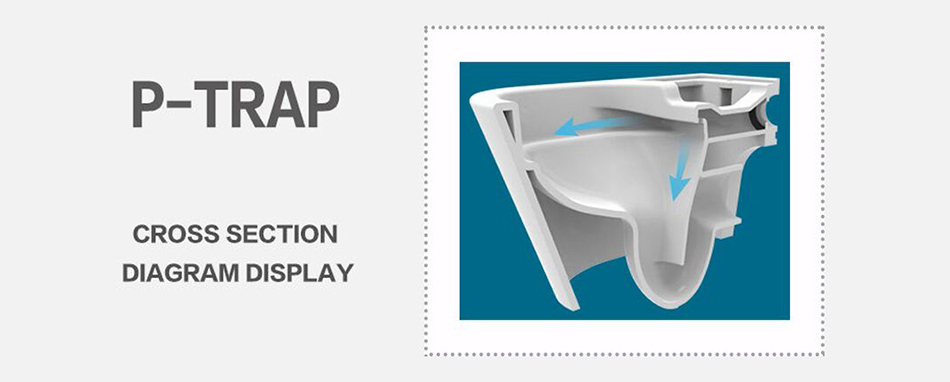
THE BEST QUALITY
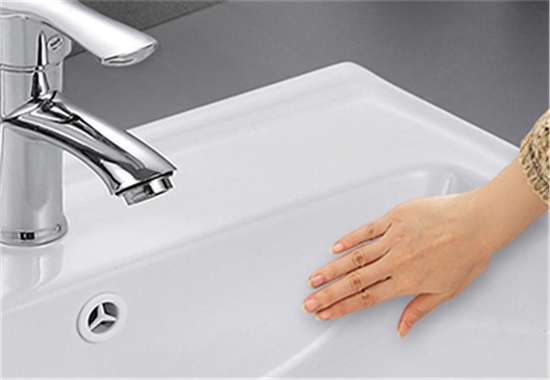
Smooth glazing
Dirt does not deposit
It is applicable to a variety of
scenarios and enjoys pure w-
ater of health standard, whi-
ch is hygienic and convenient
deepened design
Independent waterside
Super large inner basin space,
20% longer than other basins,
comfortable for super large
water storage capacity
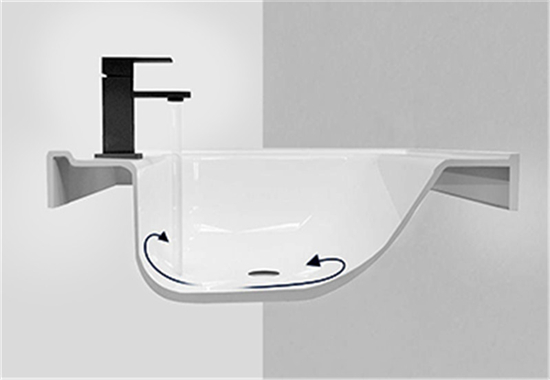
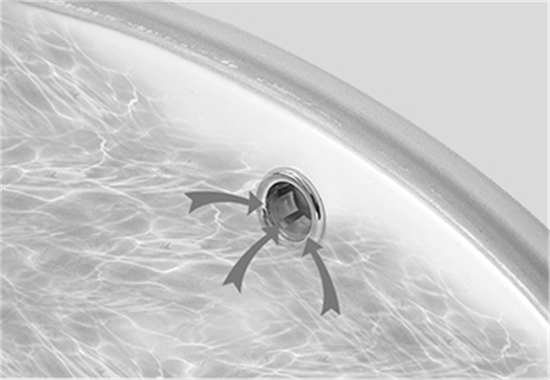
Anti overflow design
Prevent water from overflowing
The excess water flows away
through the overflow hole
and the overflow port pipeli-
ne of the main sewer pipe
Ceramic basin drain
installation without tools
Simple and practical not easy
to damage,preferred for f-
amily use,For multiple instal-
lation environments
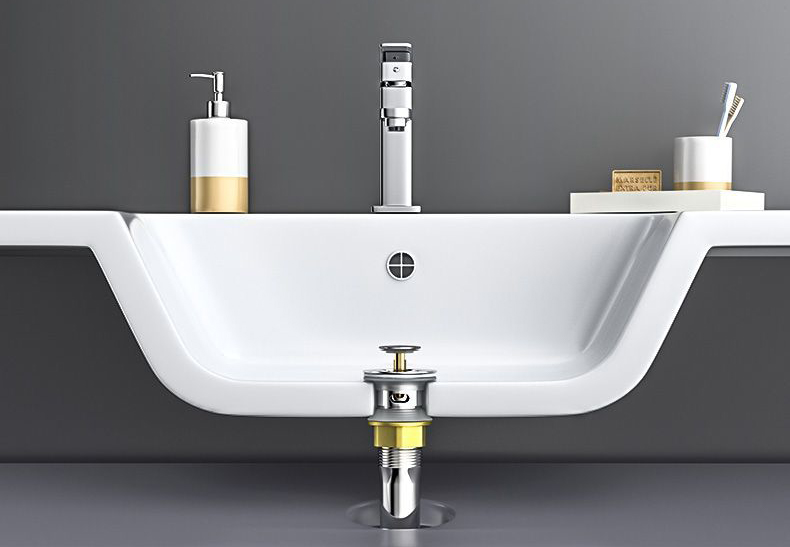
PRODUCT PROFILE

porcelain washbasins
Porcelain washbasins have long been synonymous with elegance, style, and durability in the world of bathroom fixtures. These beautiful and functional pieces add a touch of sophistication to any bathroom decor. In this article, we will explore the history, benefits, maintenance, and design options of porcelain washbasins.
- A Brief History of Porcelain Washbasins: Porcelain has been used for centuries due to its remarkable properties. It originated in China during the Tang Dynasty, where craftsmen perfected the art of porcelain production. The material's durability and smooth texture made it an ideal choice for washbasins. Over time, porcelain production techniques spread to other parts of the world, and today, it remains a popular choice for high-quality washbasins.
- Benefits of Porcelain Washbasins: 2.1 Durability: Porcelain is a durable material that can withstand daily use without showing signs of wear and tear. It is resistant to chips, scratches, and stains, making it an excellent investment for long-term use. 2.2 Easy to Clean: Porcelain washbasins have a smooth surface that is easy to clean. Stains and dirt can be effortlessly wiped away with a mild cleaning solution, leaving the basin looking pristine. 2.3 Heat and Chemical Resistance: Porcelain is highly resistant to heat and chemicals, making it suitable for everyday usage. Hot water, cosmetics, and cleaning agents will not cause any damage to the surface of a porcelain washbasin. 2.4 Aesthetic Appeal: Porcelain washbasins are available in a wide range of designs, colors, and finishes, allowing homeowners to choose a basin that matches their bathroom decor. Whether you prefer a classic white basin or a modern, colorful design, porcelain offers endless options for customization.
- Maintenance Tips for Porcelain Washbasins: To ensure the longevity of your porcelain washbasin, it is essential to follow proper maintenance practices. Here are some useful tips: 3.1 Regular Cleaning: Clean the basin regularly with a non-abrasive cleaner and a soft cloth or sponge. 3.2 Avoid Harsh Chemicals: Avoid using harsh chemicals, abrasive cleaners, or scouring pads, as these can damage the porcelain surface. 3.3 Wipe Away Stains Promptly: If you notice any stains or marks on the basin, clean them promptly to prevent them from becoming deeply embedded. 3.4 Avoid Impact: Take care not to drop heavy objects or apply excessive force to the washbasin, as this can cause chipping or cracking.
- Design Options for Porcelain Washbasins: Porcelain washbasins come in a variety of styles to suit different bathroom aesthetics. Some popular design options include: 4.1 Undermount Washbasins: These washbasins are installed below the bathroom countertop, providing a sleek and minimalist look. 4.2 Pedestal Washbasins: A pedestal washbasin sits on a pedestal and does not require any countertop support. It adds a classic, timeless charm to the bathroom. 4.3 Vessel Washbasins: Vessel washbasins are designed to sit on top of a bathroom countertop. They create a focal point in the bathroom and are available in various shapes and sizes. 4.4 Wall-mounted Washbasins: These washbasins are attached directly to the wall, creating a floating effect. They are ideal for small bathrooms, as they save space and add a contemporary touch.
Conclusion: Porcelain washbasins combine elegance, durability, and functionality, making them an excellent choice for any bathroom. Their long history, numerous benefits, ease of maintenance, and wide range of design options have made them a popular fixture around the world. By investing in a porcelain wash basin, homeowners can elevate the aesthetic appeal of their bathrooms while enjoying a long-lasting and easy-to-maintain fixture.
OUR BUSINESS
The mainly export countries
The product export to all of the world
Europe, USA, Middle-East
Korea, Africa, Australia

product process
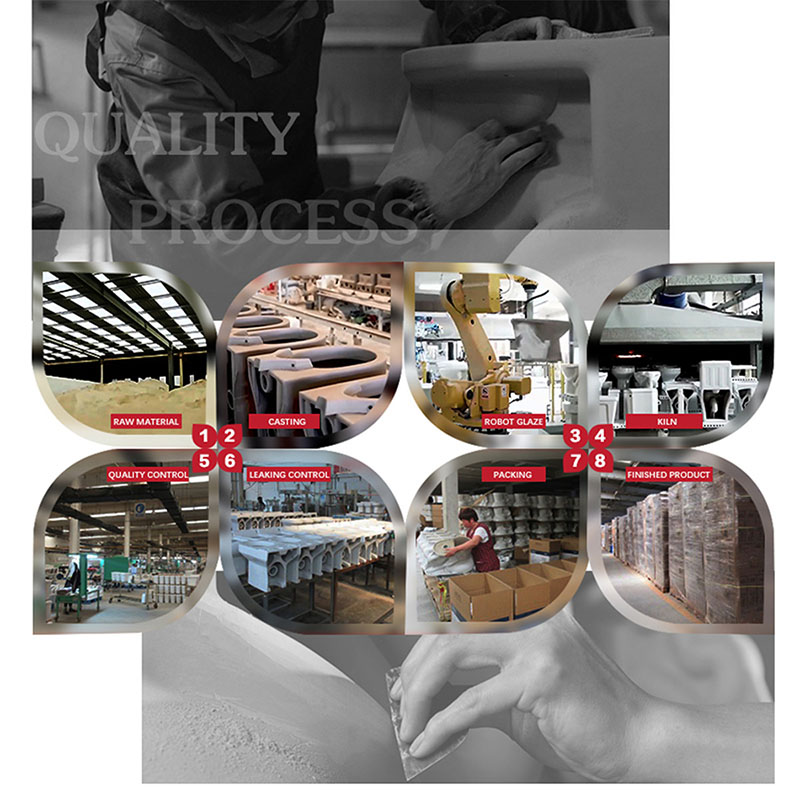
FAQ
Q1.Are you a manufacturer ?
Our factory has operated for more than 19 years. We have advanced production equipment, mature production technology, preferentia prices .
Our products have been exported to South America, Southeast Asia, Oceania, Eastern Asia, Western Europe with very competitive price and stable quality.
Q2.How many years quality guarantee for your products?
We provide 3-5 years quality guarantee for our products,if any defective is confirmed to be caused by us.
our company will be responsible for giving free maintain.
Q3.How to get a sample?
Sample is available, but sample charge is prepaid, which is refundable up if you make bulk order next time.
Q4.What is the payment terms?
We accept T/T, 30% deposit before production 70% balance paid before delivery.
Q5.What about the delivery time?
25 days after received payment.
Q6.Can your factory print our logo/brand on the product?
Our factory can laser print customer's logo on the product with the permission from customers.Customers need to provide us a logo usage authorization letter to allow us to print customer's logo on the products.
Q7. Can we use our own shipping agent?
Sure.





